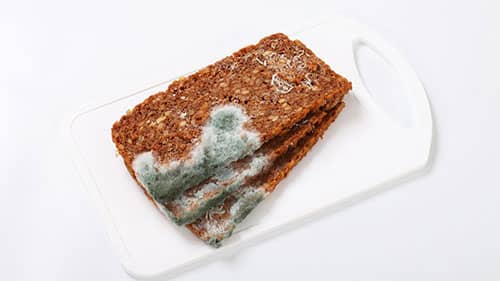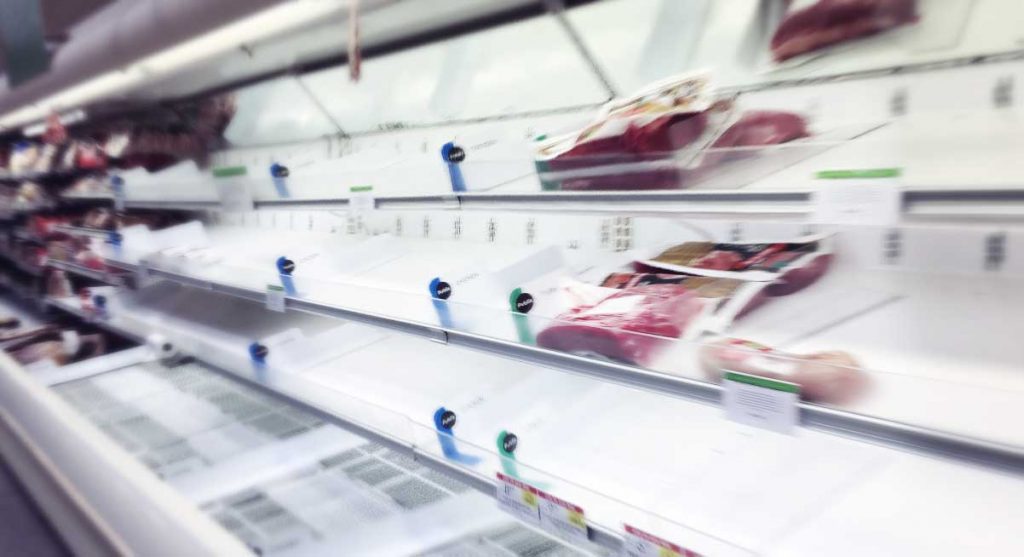Pathogenic Microorganisms – harmful or beneficial?
Bacteria, yeasts and moulds are living organisms that cannot be seen with the naked eye. They are also known as microorganisms. Microorganisms occur everywhere and may be desirable or undesirable. Desirable microorganisms are sometimes used in the preparation of food. An example of this is the fermentation process of yoghurt, which uses microorganisms. And then there are fungi such as mushrooms and truffles, which are harmless and often edible.
Not all microorganisms are desirable, however. Microorganisms can cause food to go off, for instance. These microorganisms do not immediately cause a person to feel ill, but they do have a cautionary effect: they change the colour, smell and/or taste of food. This means it is no longer fit for consumption.

Food that looks and tastes normal can still contain harmful microorganisms, however. These microorganisms can be pathogenic. Microorganisms that are pathogenic tend to make people ill. Because single-celled parasites and viruses cannot reproduce independently, they are not officially classed as microorganisms, but viruses and parasites can also occur in food and can therefore be pathogenic..
Examples of pathogenic organisms are:
Bacteria
Bacteria that create toxins and can therefore make you sick. Salmonella is a well-known example of this.
Parasites
Parasites occur in plants and animals and can only reproduce in a way that is detrimental to the plant or animal. Therefore, parasites occur especially in raw meat and are particularly dangerous to pregnant women, capable of causing damage to the eyes and brains of the unborn child.
Viruses
Viruses not only multiply in food, but can also cause illness even in very small quantities. Hepatitis A is a well-known example of a virus.
To prevent contamination, it is important to carry out a risk assessment to find out what the risk is that pathogenic microorganisms occur in a particular product, and how this can be limited to an acceptable level. This can be achieved by implementing sanitary working practices or preserving the products, for example.
[cta id=’2634′]




